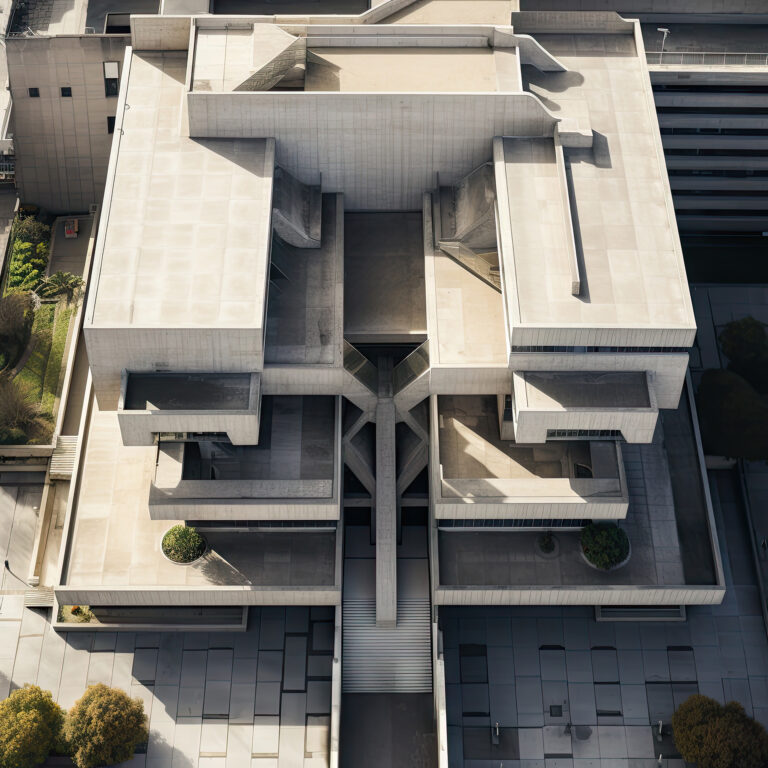
Introduction To residential architecture
Residential architecture design is one of the most important and sensitive areas of architecture, requiring a deep understanding of people’s needs and their ways of life. In residential design, the architect must consider a range of factors such as comfort, aesthetics, functionality, security, and social interaction to create a desirable and suitable living space. Below are the principles and various stages of residential architecture design:
1. Analyzing the Needs of the Inhabitants
The first step in any residential project is to thoroughly understand the needs and desires of the inhabitants. This includes the number of family members, types of activities, personal requests such as a home office, study room, or the need for communal spaces like a living room. Additionally, lifestyle, age of individuals, and any special needs (such as access requirements for people with disabilities) must be considered.
2. Studying the Climate and Geographic Location
The geographic location and climate have a significant impact on residential design. For example, in hot and dry regions, materials that absorb heat and facilitate natural ventilation may be important. In cold areas, designing for energy efficiency and heat retention becomes more critical. The angle of sunlight and the building’s orientation can also greatly influence the optimal use of natural light and ventilation.
3. Space Planning
In residential architecture, space planning must be done with great care. Spaces are generally divided into two main categories:
– Public spaces such as living rooms, kitchens, and dining areas, which are commonly used by family members and guests.
– Private spaces such as bedrooms and home offices, which are specifically designed for each individual family member.
In addition, semi-private spaces such as lounges, terraces, and hallways should be designed to ensure privacy while still benefiting from good airflow and natural light.
4. Lighting and Natural Ventilation
Natural light and proper ventilation are essential in residential design. Strategically placing windows, using internal courtyards, and incorporating skylights can help optimize natural lighting. Additionally, natural ventilation systems should be designed to allow fresh air flow and optimal air quality within the interior spaces.
5. Material Selection and Sustainable Technologies
Choosing the right materials has a significant impact on the aesthetics and performance of a building. Materials should be selected based on the climate and environmental conditions of the area. In recent years, the use of sustainable and green technologies, such as solar panels, water recycling systems, and eco-friendly materials, has become popular. These features can not only reduce costs but also minimize the environmental impact.
6. Sustainability and Energy Efficiency
Residential design should aim to minimize energy consumption. This includes designing walls with good insulation, using double-glazed windows to prevent heat loss, and utilizing renewable energy sources such as solar and wind power. Additionally, designing open spaces and incorporating vegetation can improve air quality and contribute to a healthier environment.
7. Designing Outdoor Spaces
Outdoor spaces such as gardens, balconies, and terraces are highly important. These areas not only provide private relaxation spaces for the residents but can also serve as social spaces and places for interaction with nature. In designing these spaces, attention must be paid to the amount of light, shade, and accessibility.
8. Accessibility and Circulation
In residential design, the flow of movement inside the building should be smooth and efficient. This includes choosing appropriate paths for movement, designing stairs and elevators, and ensuring easy access to all spaces. Additionally, for individuals with special needs (such as the elderly or disabled), designs should ensure that the building is accessible without difficulty.
9. Aesthetics and Interior Design
Interior design plays a key role in creating a comfortable and visually appealing space. Color selection, furniture, lighting, and decorative details can give the space its character and enhance comfort. It’s important to ensure harmony between architectural design and interior design to create a cohesive living environment.
10. Use of Modern Technologies
Today’s residential designs are heavily influenced by modern technologies. From 3D design tools (BIM) to smart home systems that automatically adjust lighting, temperature, and security, these technologies provide convenience, safety, and energy efficiency. They can significantly improve the quality of life for residents while contributing to energy savings.
Stages of Residential Architecture Design:
1. Initial Stages: In this phase, the client’s needs, site limitations, and environmental requirements are assessed. Initial sketches and conceptual studies are made.
2. Conceptual Design: The main design ideas are drawn up, and general layouts are presented.
3. Detailed Design: This phase includes detailed specifications such as dimensions, materials, and construction elements.
4. Implementation: Finally, the design is executed, and construction begins.
result
Overall, residential architecture design must focus on creating a space that is suitable and enjoyable for its inhabitants, balancing efficiency, comfort, and beauty.


No comments yet.